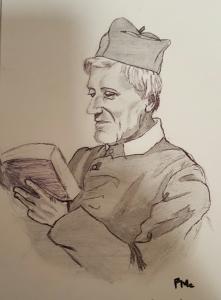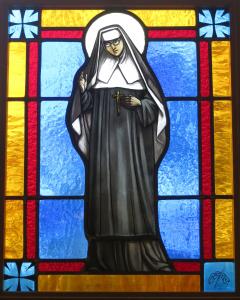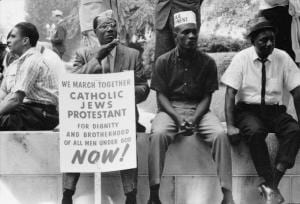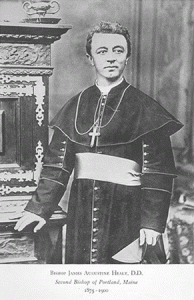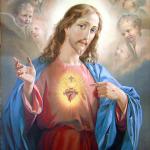While considered more of a remote intellectual than a personable pastor, John Lancaster Spalding, first bishop of Peoria, initiated foundational projects that continue to affect real people in education, health care, and religious life more than a century after his death.
Born in Lebanon, Kentucky, June 2, 1840, his Roman Catholic roots included ancestors who came to the New World before 1650 to escape religious persecution in England. Sensing a call to the priesthood, Spalding prepared for that vocation at Louvain, Belgium, and was ordained in 1863. After spending six years studying and traveling in Europe, he returned to the United States to receive appointment as a rector at the Cathedral in Louisville. Only eight years later, after serving both in Louisville and New York, he was consecrated a bishop on May 1, 1877, and moved to Peoria. One of the most highly regarded thinkers and writers among Catholic leaders, Spalding’s influence upon the American church has been compared to that of Cardinal Newman upon the English church. As his fame and expertise increased, Bishop Spalding was offered the leadership of such important archdioceses as Chicago and New York. He preferred to remain in Peoria. Major projects spearheaded by Bishop Spalding include the construction of Peoria’s St. Francis Hospital, begun in 1877, and the building of St. Mary’s Cathedral here, laying that cornerstone in 1885. A persistent promoter of Catholic education, the Bishop is also credited as a primary force in the founding of the Catholic University of America in Washington, D.C.Spalding served actively until a series of strokes forced him to resign in 1908 after 31 years in office. He lived at the bishop’s residence until his death in 1916 at the age of 76. The Spalding Institute, once a Peoria high school, bore his name in his honor.
Born in Lebanon, Kentucky, June 2, 1840, his Roman Catholic roots included ancestors who came to the New World before 1650 to escape religious persecution in England. Sensing a call to the priesthood, Spalding prepared for that vocation at Louvain, Belgium, and was ordained in 1863. After spending six years studying and traveling in Europe, he returned to the United States to receive appointment as a rector at the Cathedral in Louisville. Only eight years later, after serving both in Louisville and New York, he was consecrated a bishop on May 1, 1877, and moved to Peoria. One of the most highly regarded thinkers and writers among Catholic leaders, Spalding’s influence upon the American church has been compared to that of Cardinal Newman upon the English church. As his fame and expertise increased, Bishop Spalding was offered the leadership of such important archdioceses as Chicago and New York. He preferred to remain in Peoria. Major projects spearheaded by Bishop Spalding include the construction of Peoria’s St. Francis Hospital, begun in 1877, and the building of St. Mary’s Cathedral here, laying that cornerstone in 1885. A persistent promoter of Catholic education, the Bishop is also credited as a primary force in the founding of the Catholic University of America in Washington, D.C.Spalding served actively until a series of strokes forced him to resign in 1908 after 31 years in office. He lived at the bishop’s residence until his death in 1916 at the age of 76. The Spalding Institute, once a Peoria high school, bore his name in his honor.
(From Historic Peoria)



